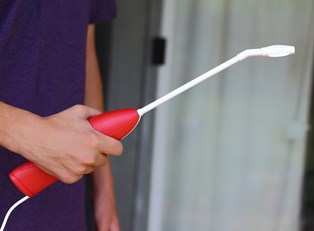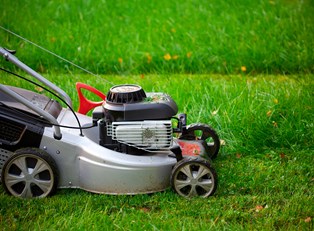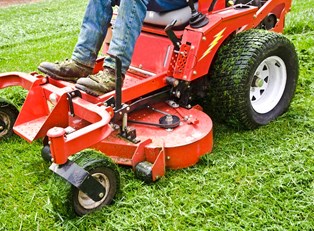There are a few basic lawn maintenance tips that should be followed throughout the year. For example, things like weeding or raking should be done no matter what kind of weather rages across your azaleas. But what about lawn maintenance for particular seasons? What specific tasks should you undertake when the weather warms or when the grass starts to frost? Here's a quick guide to keeping things nice and neat in all months of the year.
Spring
The season of new beginnings, spring requires the most work for gardeners and landscapers due to the blooming of flowers and the quick growing of grass.
- You'll want to fertilize your lawn at this time. While it's possible to use natural and organic materials, pre-packaged feeds are actually your best option since they contain nitrogen.
- Sow your seeds. If you've always dreamed of having a vegetable patch in your garden, now is the time to bring it to fruition.
- You should also lay turf or complete any work in the soil while it's still loose and moisturized from spring showers.
Summer
Hot and dry, summer is a dangerous time for your lawn. You'll need to keep a close eye on its condition if you want it to stay fresh, healthy, and green despite the heat.
- Cut the grass at least once a week. If you don't, the tops will become yellow and brittle after entire days in the sun.
- Water the lawn when necessary. Just don't use a hose; they make it too easy to over-water. Install sprinklers or an irrigation system instead.
- Pluck weeds with impunity. Dandelions will be easy enough to pull up by their roots, but you may need special sprays for the likes of clovers and daises. The trouble will be worth it when you flush out all the bees.
Fall
Fall is an important period for lawns. You need to tend to them after their harsh summer and prepare them for even harsher winter. Here are a few tips for yard care in autumn:
- Feed your lawn again, but instead of using nutrient-rich nitrogen, find something with potassium to strengthen it for the upcoming snow.
- Use a rake or other scarifying tool to remove debris or rip up troublesome thatches.
- If you've had problems with turfing or terrain, now is your last chance to smooth bumps, repair patches, and fill up hollows before it becomes impossible for the next few months.
Winter
There isn't a lot you can do for your lawn in winter, but a few preventative measures can ensure that you have less work when spring rolls around again.
- Try not to walk on frost. There's a possibility the underlying grass will die or turn black from the pressure.
- When it isn't too cold outside, and when the earth isn't packed and hard, go ahead and start digging up areas that will be used for gardening and turf-laying next year.
As you can see, local weather conditions will have a huge effect on your lawn care routines throughout the year. The good news is that you're now prepared for handling it all. Use these tips and tricks to protect both your property value and your lawn itself.



